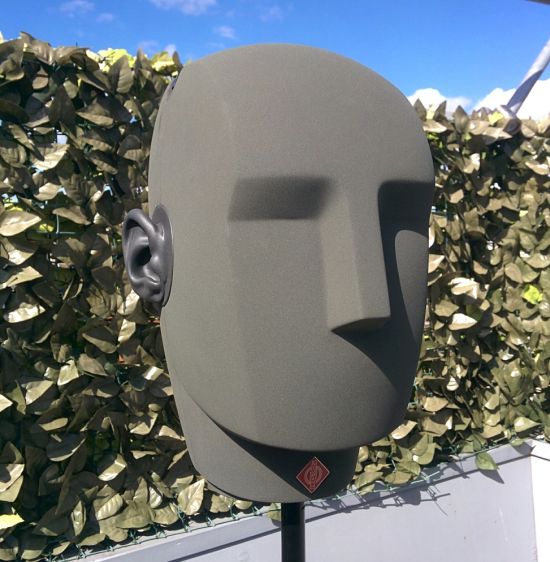
Making Sense of Virtual Reality

The full realisation of augmented reality (AR) and virtual reality (VR) is still some way off but over the last year or so there has been a rapid rise in the number of companies showing an interest in this emerging and potentially lucrative market. There are still many questions that surround it though. Chris Turner, sound designer at Jungle Studios, shares what he discovered when he visited a VR expo.
As I toured the stands and tried the different experiences I realised that much of what was on offer was really just a combination of the different skills already familiar to us.
AR, VR and mixed reality are terms for very similar things. VR is essentially virtual, real or imagined spaces brought to life through CGI while AR shows you the real world with images placed into it. Anything between VR and AR is generally termed mixed reality.
A number of different companies are launching products that sit somewhere across the VR to AR spectrum. Some systems are cheap and easy to access i.e. Google Cardboard; others are not – so this all has an impact on the potential reach and target audience.
I went to a talk by a consumer research company and this really highlighted how important it is to find the right platform. The research company wanted to experiment with in-store signage, different product placement, colour schemes, etc. Historically this was slow to change in the real world, so they used VR to speed things up. However they quickly found a problem; they lost the valuable facial reaction feedback they relied on when people wore the headset and people using the headset for more than half-an-hour felt dizzy. So instead they bought the world’s largest TV and this solved the problem.
Being in a virtual world is stunning, thanks mostly to advances in software and faster processing available to CGI artists, whose skills astound me time and again; but what about our other senses? We don’t just experience the world with our eyes. But technology has been invented to answer these problems: shoes that give your feet the sense of walking over different surfaces; robotic looking gloves that help you touch and manipulate things; etc. The use of these products will again have an impact on potential reach and accessibility.
There was something very close to my heart missing at the expo though – sound. Sound is a crucial part of the VR/AR mix but wasn’t being represented by any of the stands or speakers. It seemed strange to me that nobody was there and it made me wonder why.
As a sound designer I frequently quote on immersive experiences and VR projects – and sound (VR or not) is an area that many struggle to understand.
Since the very beginning, microphones have been developed to record sound as we hear it in the real world – the better the microphone does its job, the better the experience. The same is also true of speakers. Originally you had one speaker and then there were two, four, 5.1, 7.1, 9.1, 9.1.2. Today with Dolby Atmos there seems no end to how many speakers people would like in their rooms. So what are they trying to achieve? Simplistically they’re trying to play sound into the room around you so you hear it as though you’re actually in the heart of the scene.
Surround sound is familiar to everyone who’s been to the cinema; what many people don’t know though is that you can achieve spatial 3D sound through headphones when the audio is mixed binaurally or ambisonically. These two technologies have been around for a very long time but it’s only now, with the rise of VR that many people are hearing about them.
Both have their own microphones for field recordings. Binaural uses a dummy head with rubber ears and microphones implanted into the ear canals. Ambisonic recordings use an array of microphones to record in all directions at the same time. There are pros and cons to both methods but for an easy immersive fixed POV recording, binaural is best and for immersive experiences that require head tracking, ambisonic recordings offer you the flexibility of any POV.

It may be that nobody represented audio at the expo because the technology needed for immersive sound isn’t new, but to make a project work it must be considered; and although VR/AR still have a long way to go, it’s already transforming architecture, medicine and teaching. Being able to walk around an as of yet unbuilt design, perform virtual operations and gather students from around the globe in a virtual space for learning is where this medium is currently performing best.
Marketers are also beginning to grasp its potential for brands with the likes of IKEA, Coca-Cola and Hyundai all incorporating it into their marketing campaigns in order to further engage with consumers and customers.
I look forward to seeing and hearing what the future holds.













